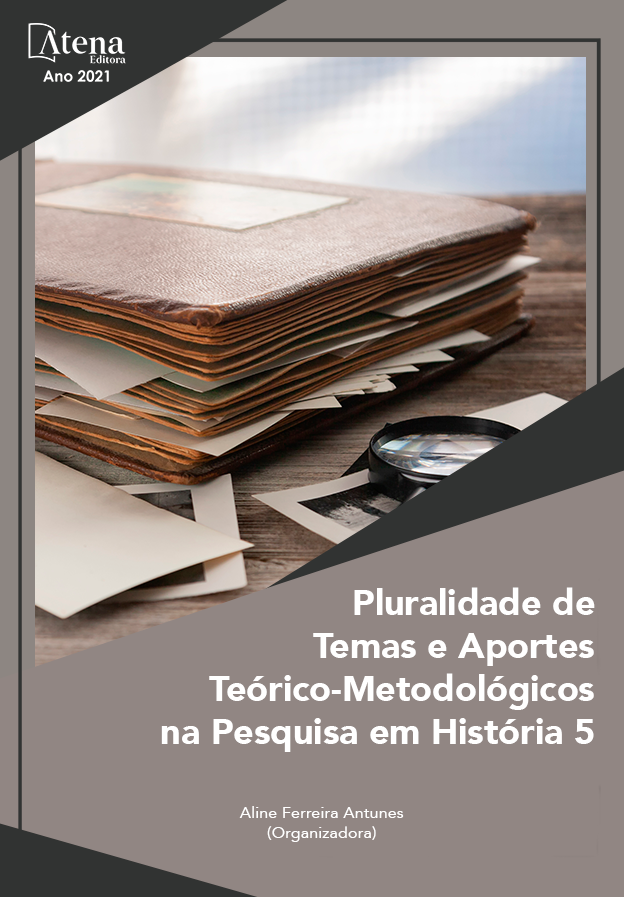
RELAÇÕES RACIAIS NO ENSINO DE HISTÓRIA
O objetivo do estudo é destacar as abordagens raciais no ensino da História da educação básica e ensino superior. A referida temática ainda se apresenta orientada pela inferioridade e marginalização dos negros e, por vezes, os conteúdos são visados com naturalizações. É no contexto da valorização da História africana e afro brasileira na educação que esta proposta se respalda. Embora as Diretrizes Curriculares apresentem orientações voltadas para a pluralidade cultural, observa-se que, em muitas escolas públicas, ainda há a ausência de discussões que promovam um ensino pautado na equidade e alteridade. A metodologia utilizada foi pautada nas consultas de alguns documentos manuscritos do século XIX, tais como, jornais impressos, literatura e contos afros, livros didáticos, e observações realizadas nas escolas públicas. Todos esses fatores mencionados favorecem uma prática educacional que promova a formação social e cultural do aluno voltada para pluralidade cultural longe dos preconceitos raciais e sociais.
RELAÇÕES RACIAIS NO ENSINO DE HISTÓRIA
-
DOI: 10.22533/at.ed.2102126054
-
Palavras-chave: História africana e afro brasileira. Ensino. Educação. Escravizados. Relações raciais.
-
Keywords: African and Afro Brazilian history. Teaching. Education. Enslaved. Race relations.
-
Abstract:
The objective of the study is to highlight the racial approaches in teaching the history of basic education and higher education. The aforementioned theme is still oriented by the inferiority and marginalization of blacks and, sometimes, the contents are targeted with naturalizations. It is in the context of the appreciation of African and Afro Brazilian history in education that this proposal is supported. Although the Curriculum Guidelines present guidelines for cultural plurality, it is observed that in many public schools there is still no discussion that promotes a teaching based on equity and otherness. The methodology used was based on the consultations of some manuscripts of the nineteenth century, such as printed newspapers, Afro literature and stories, textbooks, and observations made in public schools. All these factors favor an educational practice that promotes the social and cultural formation of the student turned to cultural plurality away from racial and social prejudices.
-
Número de páginas: 14
- MARIA DE LOURDES FANAIA CASTRILLON
- EDENAR SOUZA MONTEIRO


